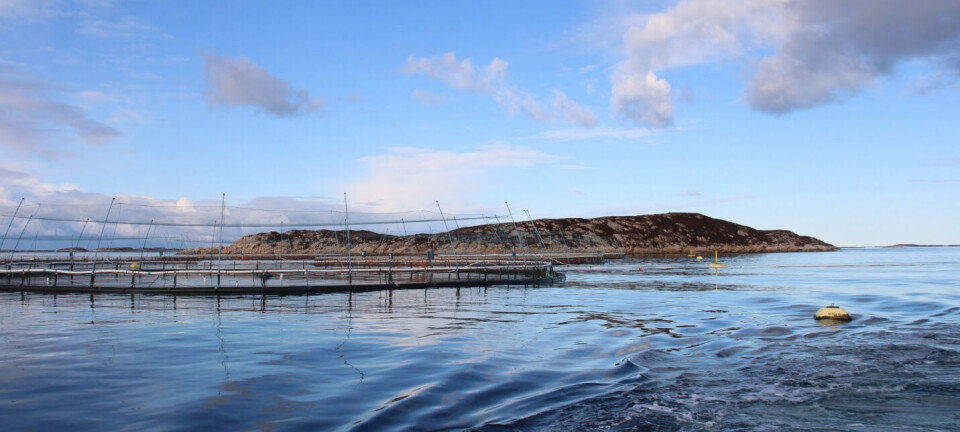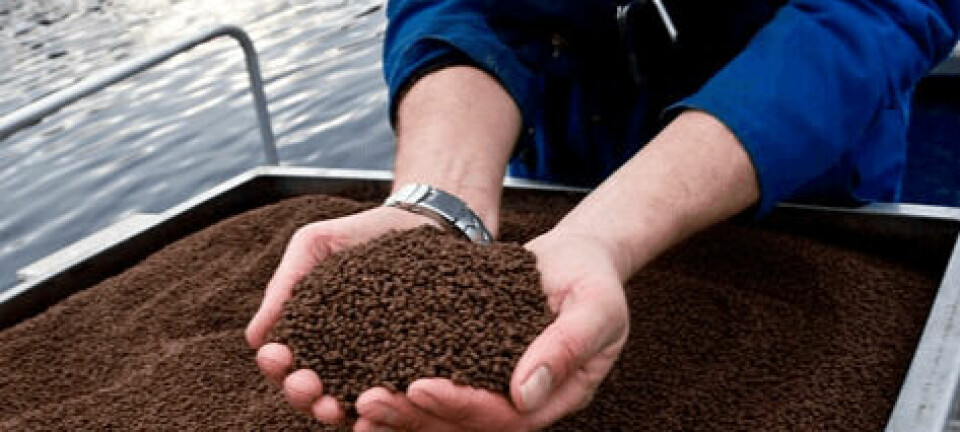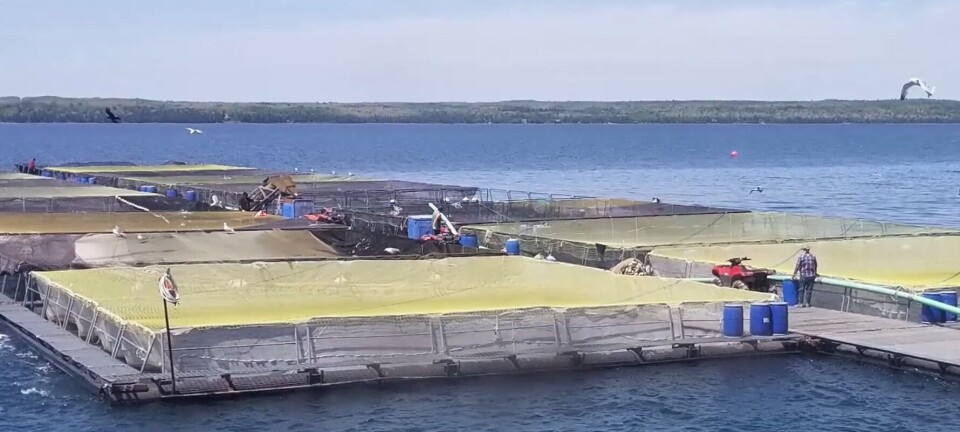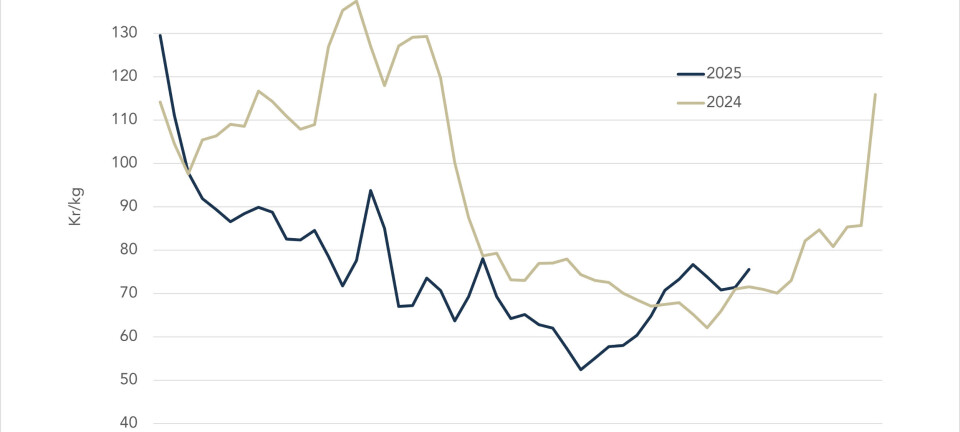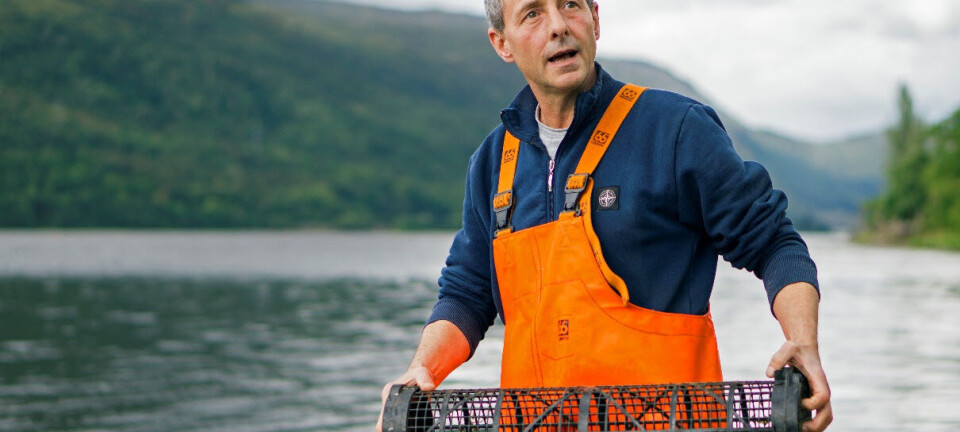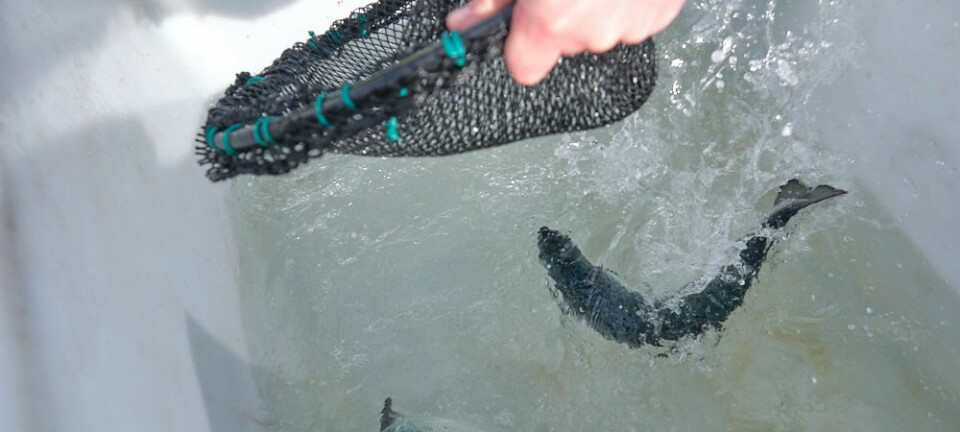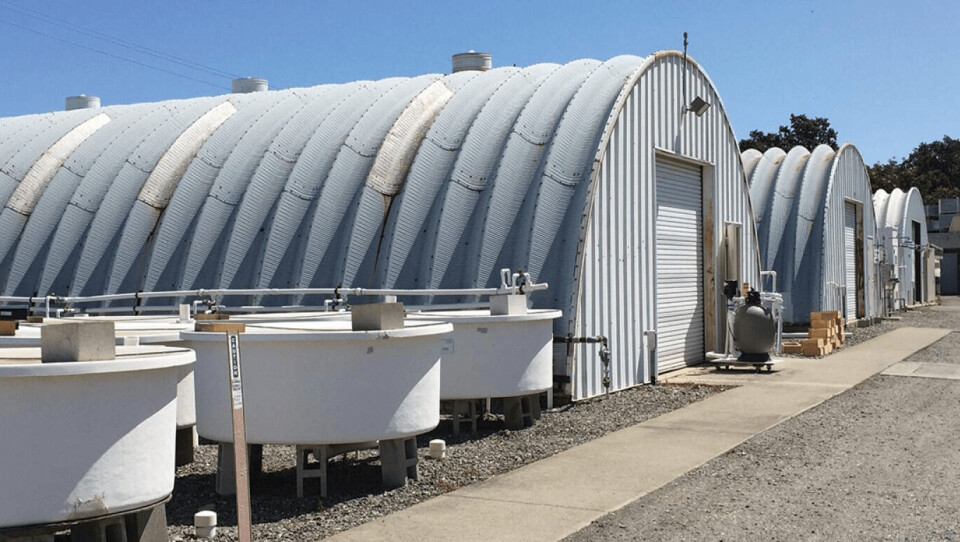
US university reviews aqua facilities after 21,000 fish die
A north American university is evaluating the safety of its aquaculture facilities after about 21,000 fish died of suspected chlorine exposure.
The accident occurred at the University of California Davis (UC Davis) Centre for Aquatic Biology and Aquaculture (CABA).
An example of research that was being conducted at CABA involved the investigation of bioenergetics and environmental stressors on fish species, which included green and white sturgeon, as well as endangered Chinook salmon, UC Davis said on its website.
“There are many other facilities where UC Davis conducts aquatic research that were not impacted by this situation. While many of these facilities do not have similar potential for chlorine exposure, there are some that do, and we are going to evaluate risk at those facilities.”
Infrastructure
CABA was established to provide leadership, focus, and support to UC Davis researchers in addressing problems associated with California’s cultured and wild aquatic biological resources.
The Centre and its aquatic research facilities provide the basic infrastructure to allow departments within the College of Agriculture and Environmental Sciences, as well as campus-wide, to conduct multidisciplinary and interdepartmental research and associated programmes.
UC Davis says these activities provide the scientific base to sustain California’s natural populations of aquatic species, support the technological framework of the state’s marine and freshwater aquaculture industries, and create sustainable aquaculture production.














